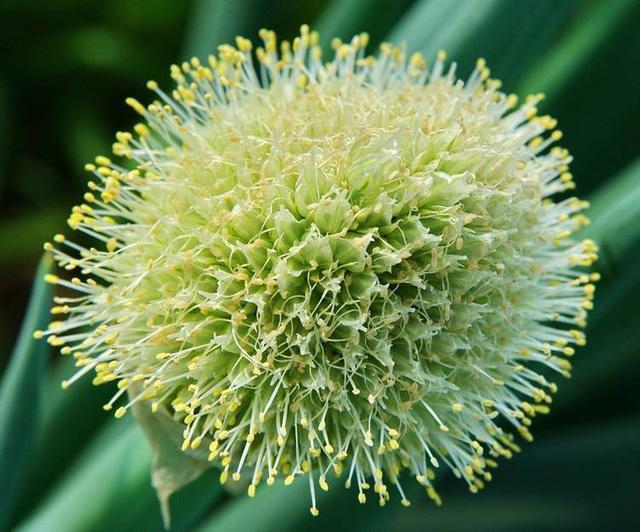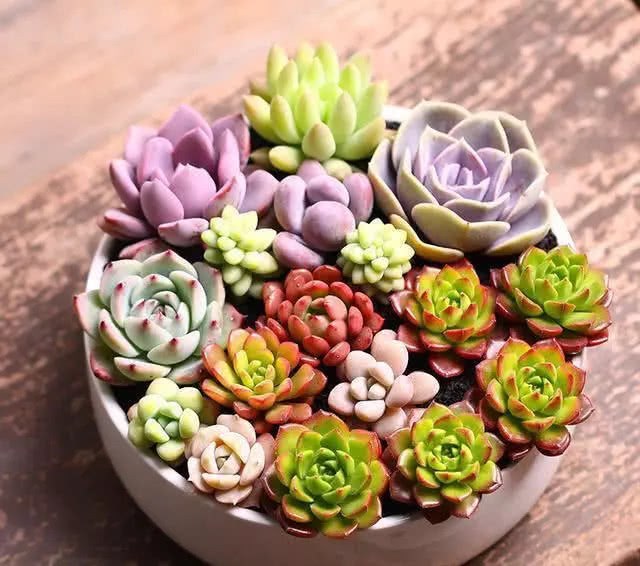The six-step method of growing flowers teaches you how to grow clematis with unique temperament and various colors.

Clematis is a perennial deciduous plant, its branches have the characteristics of winding growth, and the flowering period is very long, which can continue to bloom from spring to late autumn. There are many kinds of flowers and colors, such as white, red, color, etc., its plant type is also a relatively strange one, the flower color is beautiful, and it will emit a fragrant smell when it blossoms. Here's how to maintain clematis in autumn:
1. Flowerpot selection
In fact, the maintenance of clematis, in fact, any flowerpot can, but its bottom must be permeable, and at the bottom of the flowerpot, it is best to pad a layer of basin bottom stone. The best medium selection is loose, breathable, water and fertilizer, and the surface of the pot can be covered with a layer of loose scales or other horticultural mulch.
2. Distribution of soil
To cultivate potted clematis, the most important thing to pay attention to is the choice of soil, and be sure to keep it moist. Clematis like soils with good drainage, so the editor suggests that the soil should be: coconut bran: peat: perlite, configured according to 3:1:1. Peat soil has better water and fertilizer retention, and adding some perlite can further enhance air permeability and water permeability.
3. Temperature
Clematis is a kind of plant that likes warmth, and the most suitable temperature for its growth is generally between 15 and 25 degrees Celsius, which is not resistant to high temperature. in summer, once the temperature exceeds 35 degrees Celsius, there will be withered and yellow leaves and even fallen leaves, so when spending the summer, we need to cool and shade clematis to avoid being exposed to the noon sun as much as possible.
4. Lighting
It is a plant that likes to receive plenty of light, and during its peak growing season, we should provide it with more than 6 hours of light every day, except for shade and sunscreen in the heat of summer, in other seasons, such as autumn, we should place it in a place with plenty of light, so that it can receive enough sunlight to promote rooting. When it is not in summer and it is not exposed to the sun, it can be placed in the east or west of the balcony.
5. Watering
If Clematis is watered, when it appears that the topsoil of Clematis is dry, it should be watered in time, and we should water it thoroughly every time. When cultivating, the soil should not be too dry or too wet for a long time. During the peak growing season, the clematis should be watered in time when the topsoil of clematis is not dry but there is no lack of water. When clematis is dormant, you only need to keep it slightly moist. (when clematis is in the dormant period of deciduous leaves, water and fertilizer need to be reduced, when the frequency can also be reduced.)
6. Fertilizer
Clematis is a kind of flowering plant, it likes fertilizer with more phosphate fertilizer, it is suitable to be used in the peak growing season and the budding stage of clematis, the flowering season of clematis is very long, so its ability of continuous flowering is relatively strong, therefore, when clematis is in flowering stage, we can supplement fertilizer to it as appropriate, generally can be used about 2 to 3 times a month.
Clematis is a flowering plant, with its unique beauty, friends who like it, see this article, quickly put it away!
- Prev

Onions and garlic can also grow flowers and balconies are useful for planting.
Usually, when growing flowers, many friends always use fertilizers of one kind or another for plants, such as yogurt, beer, and some expired pills. In fact, onions and garlic are also used in our cooking.
- Next

The newly bought succulent plant must do this step, otherwise the meat loves black rot.
Autumn, and to the active season of succulent lovers, autumn season is suitable, all come to buy, then, a lot of novice still do not know how to plant, do not understand many of the problems, for example, the new succulent, whether it is necessary.
Related
- Wuhan Hospital Iron Tree Blooming Result Was Instantly Frightened by the Gardener Master
- Which variety of camellia is the most fragrant and best? Which one do you like best?
- What is the small blue coat, the breeding methods and matters needing attention of the succulent plant
- Dormancy time and maintenance management of succulent plants during dormancy
- Minas succulent how to raise, Minas succulent plant pictures
- What are the varieties of winter succulent plants
- How to raise succulent plants in twelve rolls? let's take a look at some experience of breeding twelve rolls.
- Attention should be paid to water control for succulent plants during dormant period (winter and summer)
- Watering experience of twelve rolls of succulent plants
- Techniques for fertilizing succulent plants. An article will let you know how to fertilize succulent plants.

